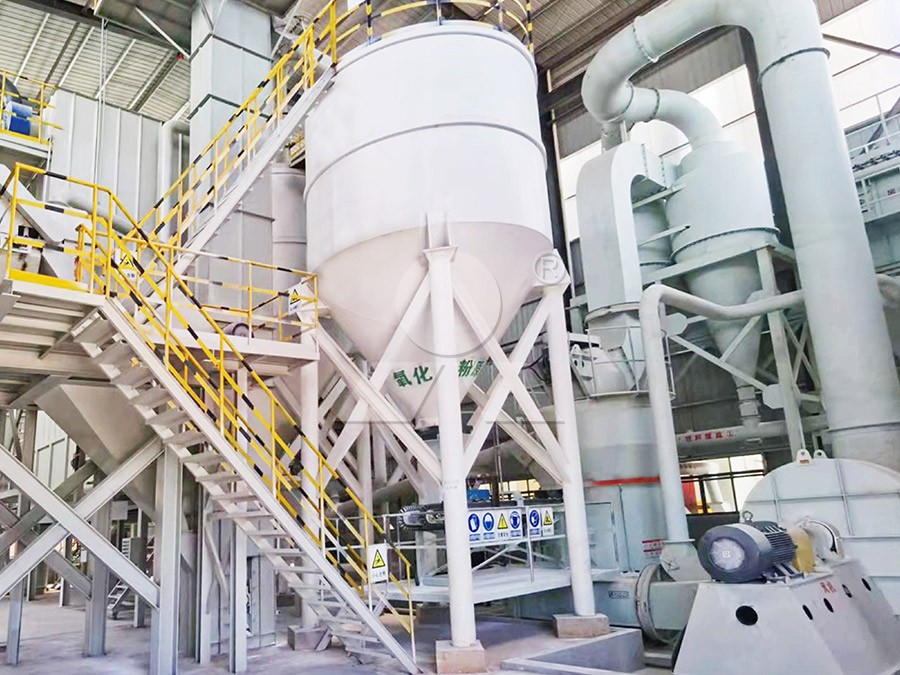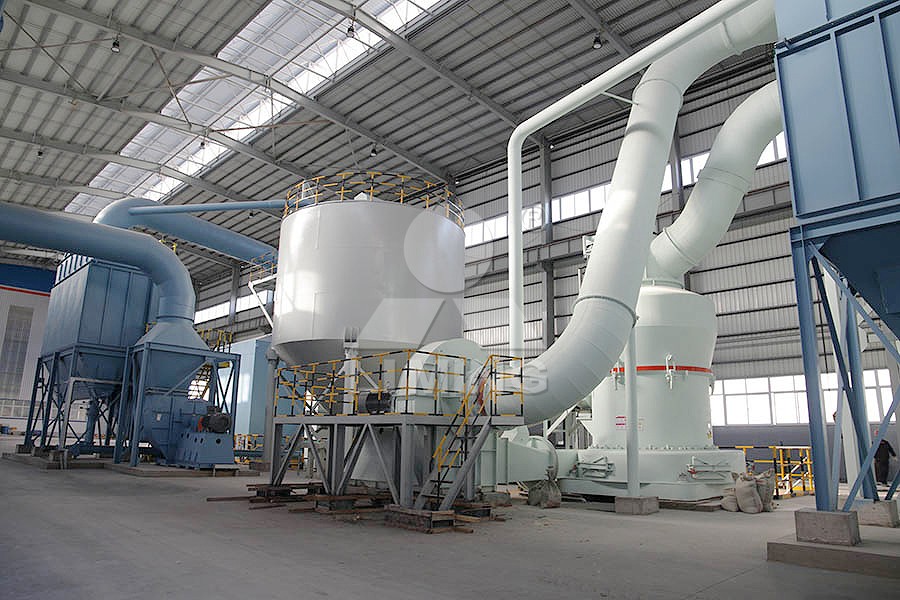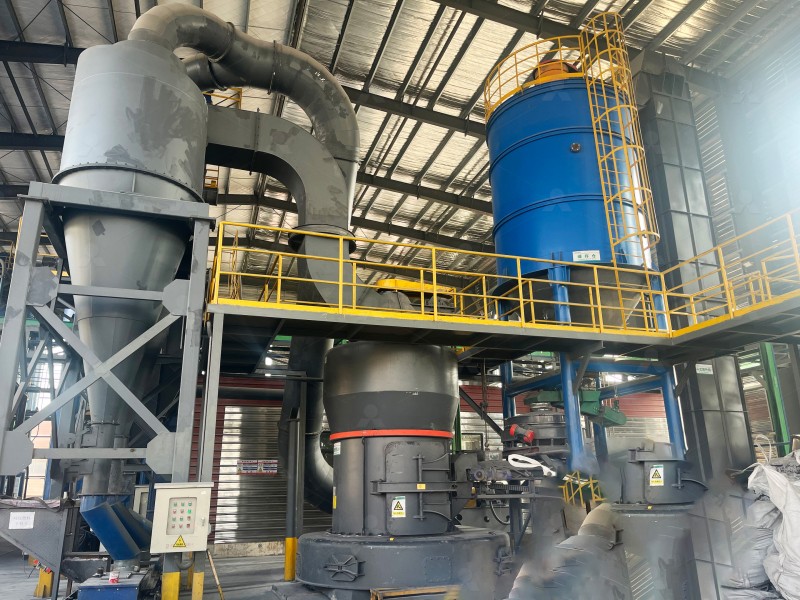How Does a Calcium Carbonate Grinding Mill Work?
How Does a Calcium Carbonate Grinding Mill Work?
Calcium carbonate grinding mills are essential equipment in numerous industries, transforming raw limestone and other carbonate materials into fine powders used in everything from plastics and paints to pharmaceuticals and food additives. Understanding the operational principles behind these machines reveals the engineering sophistication required for efficient mineral processing.
The fundamental process begins with material preparation. Raw calcium carbonate with specified input sizes (typically 0-20mm for finer grinding systems) is fed into the mill’s grinding chamber. Within this chamber, the core mechanical action occurs: grinding elements such as rollers, rings, or balls apply intense pressure and shear forces to fracture the material into progressively smaller particles.

Most modern grinding mills utilize a centrifugal classification system. As particles are reduced in size, airflow generated by an integrated blower carries them upward toward a precision separator. This critical component acts as a quality control gate, allowing only particles meeting the target fineness (measured in meshes or micrometers) to pass through to collection. Oversized particles are rejected back to the grinding zone for further processing, creating a continuous closed-circuit system that ensures consistent product quality.
The specific grinding mechanism varies significantly between mill types. Our MW Ultrafine Grinding Mill exemplifies advanced engineering with its unique grinding curve design that enhances efficiency by 40% compared to conventional jet mills. With an input size of 0-20 mm and capacity ranging from 0.5-25 tph, this system achieves remarkable fineness between 325-2500 meshes while consuming 30% less energy than comparable technologies.
Advanced Features in Modern Grinding Systems
Contemporary calcium carbonate grinding mills incorporate multiple technological innovations that distinguish them from earlier generations. The absence of rolling bearings and screws in the grinding chamber—a feature of our MW Ultrafine Grinding Mill—eliminates common failure points and prevents machine damage from loose components. External lubrication systems enable maintenance without production stoppages, supporting continuous 24-hour operation that maximizes throughput.
Environmental considerations have driven significant advancements in mill design. Modern systems integrate efficient pulse dust collectors and mufflers that contain particulate matter and reduce operational noise. The entire grinding process occurs under negative pressure, preventing dust escape and ensuring compliance with stringent environmental standards. This eco-friendly approach doesn’t compromise performance—our MW mill’s cage-type powder selector employs German technology to achieve precise particle separation with screening rates reaching d97≤5μm in a single pass.

Material Flow and Final Processing
Following the grinding and classification stages, the finished powder enters the collection phase. Air conveying transports the fine calcium carbonate to cyclone collectors or baghouse filters, where the powder is separated from the air stream. The collected material then discharges through airlock valves into storage or packaging systems, while the cleaned air recirculates back into the mill or vents through final filtration.
For operations requiring even higher precision and specialized applications, our LUM Ultrafine Vertical Grinding Mill offers exceptional capabilities. With input sizes of 0-10 mm and capacity of 5-18 tph, this vertical grinding system incorporates the latest roller technology and German powder separating technology. Its unique roller shell and lining plate grinding curve generates material layers more effectively, producing superior whiteness and cleanliness in finished products while reducing energy consumption by 30-50%.
The digital revolution has transformed grinding mill operation as well. Numerical control machining ensures exceptional precision in core components, while PLC systems enable precise control over grinding pressure, rotational speed, and other critical parameters. These advancements allow real-time adjustment to maintain optimal performance despite variations in feed material characteristics.

Frequently Asked Questions
What determines the fineness of calcium carbonate powder from a grinding mill?
The fineness is primarily controlled by the separator speed and configuration. Advanced systems like our MW Ultrafine Grinding Mill with multi-head cage-type selectors can adjust fineness between 325-2500 meshes precisely.
How does a grinding mill prevent contamination of the calcium carbonate product?
Modern mills utilize special wear-resistant alloys for grinding components and often feature designs that minimize metal-to-metal contact. The LUM Ultrafine Vertical Grinding Mill’s unique grinding curve and material bed technology significantly reduce iron contamination, preserving product whiteness.
What maintenance is required for calcium carbonate grinding mills?
Maintenance requirements vary by design. Mills without rolling bearings and screws in the grinding chamber (like our MW series) require less frequent maintenance. External lubrication systems allow servicing without shutdown, while reversible structures in vertical mills facilitate roller maintenance.
How energy-efficient are modern calcium carbonate grinding systems?
Significant advances have been made in energy efficiency. Our MW Ultrafine Grinding Mill consumes only 30% of the energy required by jet mills for equivalent output, while the LUM Vertical Grinding Mill reduces energy consumption by 30-50% compared to conventional mills.
Can grinding mills handle different types of calcium carbonate?
Yes, modern mills process various forms including limestone, calcite, and dolomite. The specific grinding parameters may be adjusted to accommodate differences in hardness, moisture content, and other material characteristics.
